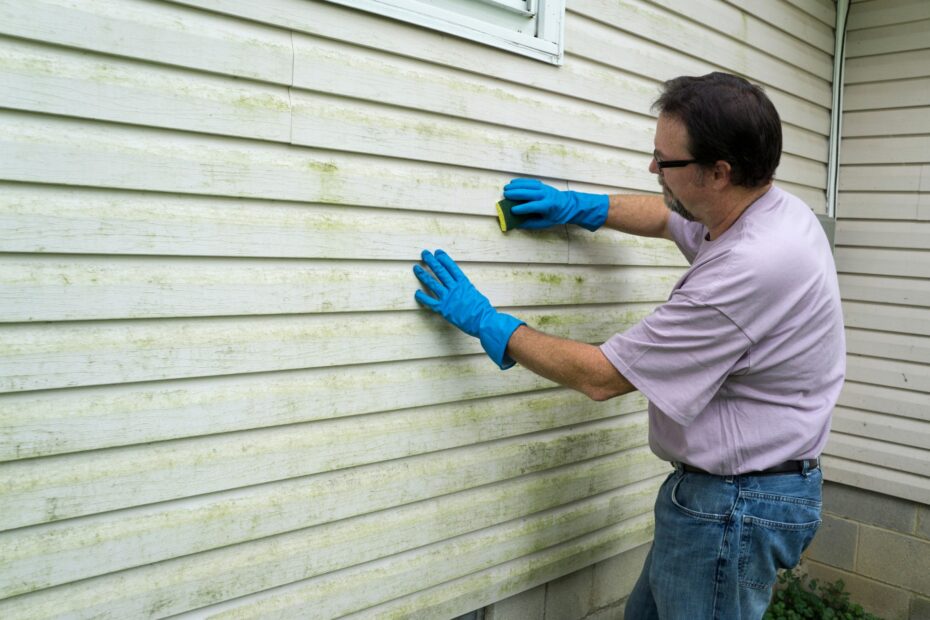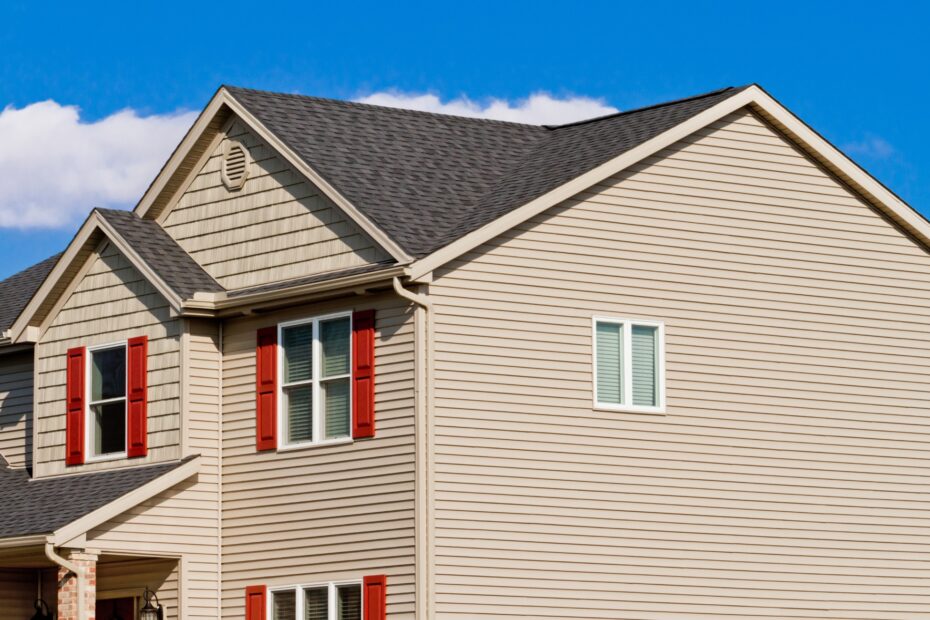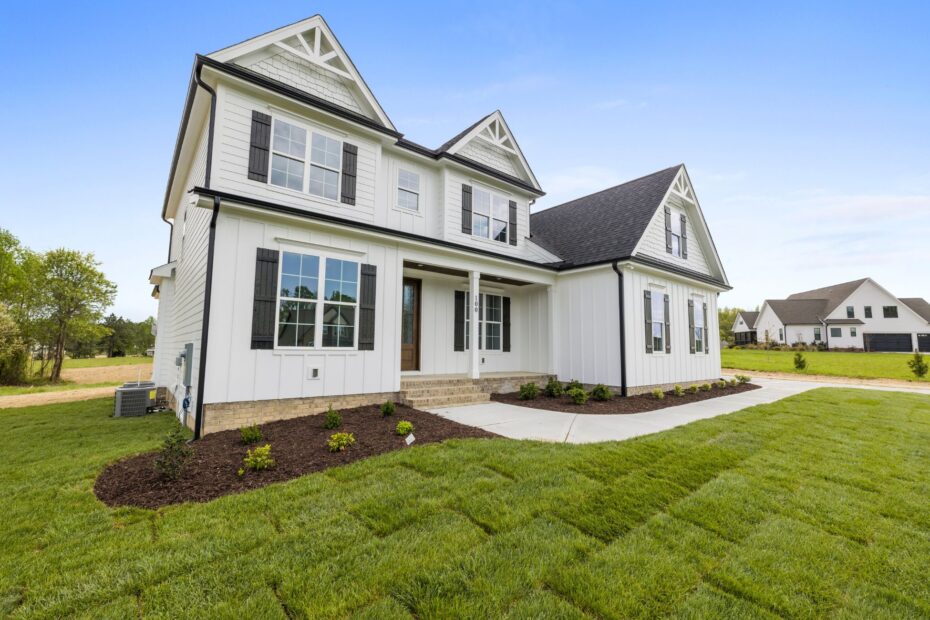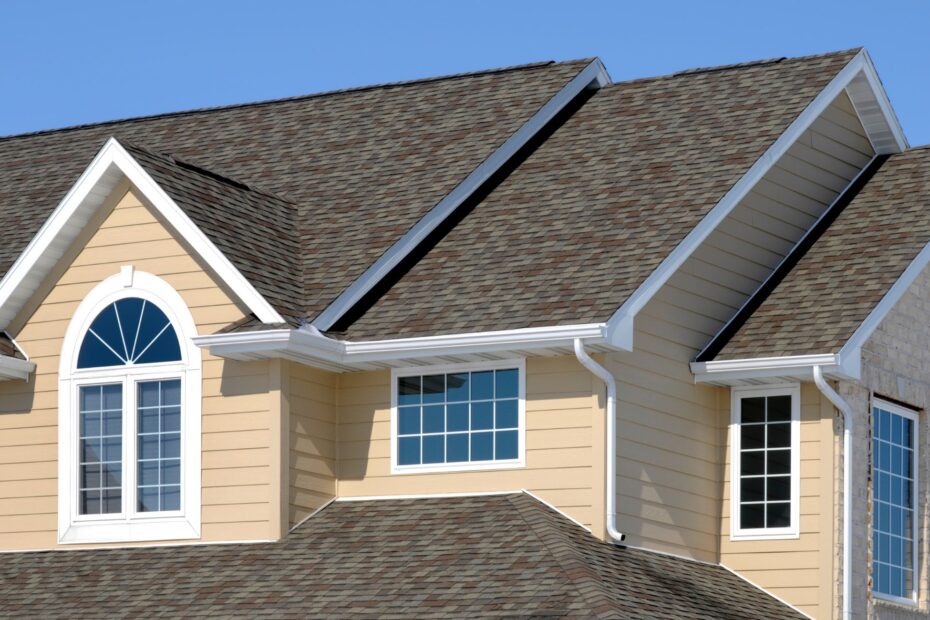What is Fiber Cement Siding? Key Facts and Benefits
Fiber cement siding is a durable, low-maintenance material made from a blend of cement, sand, and cellulose fibers. Known for its resistance to moisture, fire, and pests, it outperforms traditional siding options like wood and vinyl. With a range of styles and colors, it offers both beauty and long-term protection for your home. In this guide, American Home Contractors explains how fiber cement siding is made, how it compares to other materials, its installation process, and what makes it a smart investment for homeowners across New Jersey.









